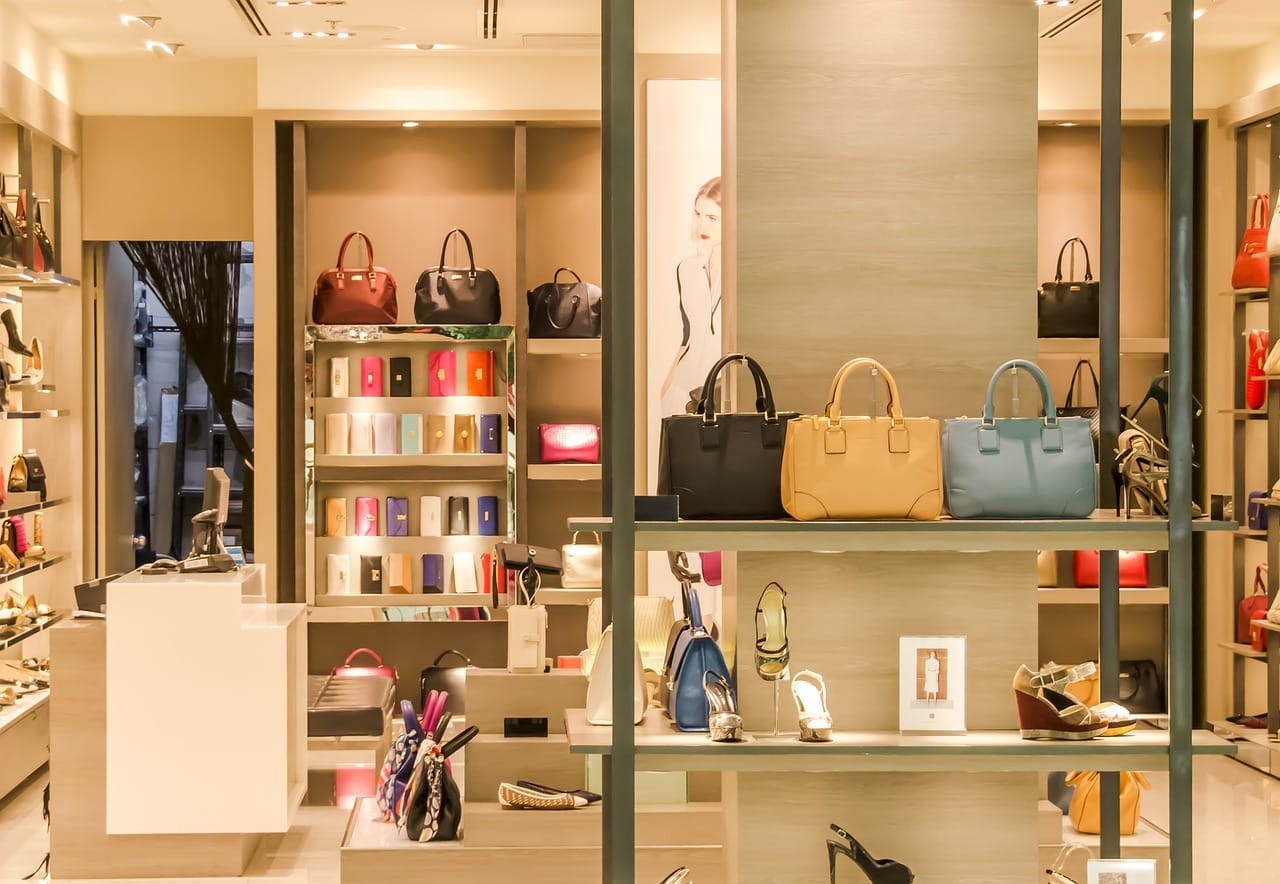Revitalizing Retail | How Retailers Can Adapt to Changing Consumer Spending Patterns
Adapting to changing consumer spending patterns is crucial for retailers. Explore strategies, technology, and case studies for successful retail adaptation in the evolving marketplace. Stay ahead with a customer-centric approach, innovation, and a focus on future trends

The retail industry is constantly evolving, and in order to stay competitive, retailers must be able to adapt to changing consumer spending patterns. In this article, we will explore the current retail landscape, the factors influencing consumer spending patterns, the shift in demand and supply dynamics, the challenges faced by retailers, and strategies for adapting to these changes. We will also examine how retailers can leverage technology and innovation to overcome demand-supply issues, and provide case studies of successful retail adaptation. Finally, we will discuss future trends in retail adaptation and conclude with key takeaways for retailers looking to thrive in the ever-changing retail landscape.
Understanding the Current Retail Landscape
The retail landscape is undergoing a significant transformation, driven by changes in consumer behavior, technological advancements, and global economic shifts. Consumers today have access to a wide range of purchasing options, from traditional brick-and-mortar stores to online retailers and mobile shopping platforms. This has led to a more competitive market, where retailers must constantly innovate and adapt to meet consumer demands.

Moreover, the rise of e-commerce has changed the way consumers shop, with many preferring the convenience and flexibility of online shopping. This shift has forced retailers to reevaluate their business models and find new ways to engage with customers. Additionally, the COVID-19 pandemic has further accelerated the shift towards online shopping, as consumers prioritize safety and convenience.
Factors Influencing Consumer Spending Patterns
Several factors influence consumer spending patterns, including economic conditions, demographic shifts, and technological advancements. Economic conditions, such as inflation, unemployment rates, and disposable income, play a significant role in shaping consumer behavior. During economic downturns, consumers tend to be more cautious with their spending, leading to a decrease in overall retail sales.
Demographic shifts also impact consumer spending, as different age groups and cultural backgrounds have varying preferences and purchasing habits. For example, millennials and Gen Z consumers are more likely to prioritize experiences over material possessions, leading to an increased demand for travel, dining, and entertainment options. Understanding these demographic shifts is crucial for retailers looking to effectively target and engage with their customer base.
The Shift in Demand and Supply Dynamics
The traditional demand and supply dynamics in retail have undergone a shift, driven by changes in consumer behavior and market trends. With the rise of e-commerce and online marketplaces, consumers now have access to a global array of products and services, leading to increased competition for retailers. This has resulted in a more fragmented market, where consumers have a plethora of options at their fingertips.
Additionally, the advent of fast fashion and quick product cycles has led to a higher demand for new and innovative products, putting pressure on retailers to constantly refresh their offerings. This shift in demand dynamics has made it challenging for retailers to accurately predict consumer preferences and adapt their supply chains accordingly.
Challenges Faced by Retailers
Retailers are facing a myriad of challenges in adapting to changing consumer spending patterns. One of the primary challenges is the struggle to accurately forecast demand and optimize inventory levels. With consumer preferences evolving rapidly, retailers often find themselves with excess inventory or out-of-stock situations, leading to lost sales and decreased customer satisfaction.
Moreover, the increasing competition in the retail landscape has put pressure on profit margins, as retailers strive to offer competitive pricing while maintaining profitability. This challenge is further exacerbated by rising operating costs, including rent, labor, and marketing expenses. Additionally, retailers must contend with the need to create seamless omnichannel experiences, where customers can interact with the brand across multiple touchpoints.
Adapting to Changing Consumer Spending Patterns
In order to adapt to changing consumer spending patterns, retailers must adopt a customer-centric approach that focuses on understanding and meeting the needs of their target audience. This involves gathering and analyzing data on consumer behavior, preferences, and purchasing habits to gain insights into their motivations and decision-making processes. By leveraging data analytics and market research, retailers can better tailor their offerings and marketing strategies to resonate with their customer base.

Furthermore, retailers must be agile and responsive to market trends, continually iterating on their product assortment and merchandising strategies to align with evolving consumer preferences. This may involve collaborating with suppliers and manufacturers to develop exclusive products or limited-edition collections that appeal to niche segments of the market. Additionally, retailers can implement dynamic pricing strategies and promotions to stimulate demand and optimize inventory turnover.
Strategies for Overcoming Demand-Supply Issues
To overcome demand-supply issues, retailers can implement advanced inventory management systems that leverage predictive analytics and machine learning algorithms to forecast demand and optimize stock levels. By integrating these systems with their supply chain operations, retailers can achieve greater accuracy in inventory planning and reduce the likelihood of stockouts or overstock situations. Additionally, retailers can explore just-in-time inventory models and agile replenishment strategies to minimize carrying costs and improve inventory turnover.
Moreover, establishing strategic partnerships with suppliers and distributors can help retailers streamline their supply chain and gain access to exclusive or custom products. By collaborating closely with their partners, retailers can develop tailored merchandise assortments that resonate with their target audience and differentiate them from competitors. Furthermore, retailers can explore alternative sourcing options, such as direct-to-consumer manufacturing or drop-shipping arrangements, to optimize their supply chain efficiency.
Leveraging Technology and Innovation in Retail
Technology and innovation play a pivotal role in enabling retailers to adapt to changing consumer spending patterns. Retailers can leverage advanced data analytics and AI-powered insights to gain a deeper understanding of consumer behavior and preferences. By harnessing the power of big data, retailers can identify trends, forecast demand, and personalize their marketing efforts to create more targeted and effective campaigns.
Furthermore, retailers can invest in omnichannel retail solutions that provide a seamless and integrated shopping experience across online, mobile, and physical retail channels. This may involve implementing unified customer databases, order management systems, and inventory visibility tools to ensure a consistent and cohesive brand experience for customers. Additionally, retailers can explore immersive technologies, such as augmented reality and virtual reality, to enhance the in-store shopping experience and drive engagement.
Case Studies of Successful Retail Adaptation
Several retailers have successfully adapted to changing consumer spending patterns by embracing innovation and implementing customer-centric strategies. One notable example is Nike, which has invested heavily in digital transformation and direct-to-consumer initiatives to better connect with its customer base. By leveraging data-driven insights and personalized experiences, Nike has been able to create a more engaging and relevant shopping experience for its consumers, resulting in increased brand loyalty and sales.
Another example is Target, which has focused on enhancing its omnichannel capabilities and curating exclusive partnerships and product offerings. Through strategic collaborations with popular brands and designers, Target has been able to differentiate its product assortment and attract new customer segments. Additionally, Target's investment in same-day delivery services and in-store pickup options has provided greater convenience and flexibility for its shoppers, driving increased sales and customer satisfaction.
Future Trends in Retail Adaptation
Looking ahead, the retail industry is poised to undergo further transformation as technology continues to advance and consumer behaviors evolve. One of the key trends shaping retail adaptation is the rise of experiential retail, where brands create immersive and interactive shopping environments that engage all the senses. By integrating elements of entertainment, education, and community, retailers can create memorable and impactful experiences that resonate with consumers on a deeper level.
Moreover, sustainability and ethical consumerism are becoming increasingly important factors in consumer purchasing decisions. Retailers that prioritize environmental responsibility and social impact are likely to gain a competitive edge, as consumers seek out brands that align with their values and beliefs. This trend presents an opportunity for retailers to innovate in product design, sourcing, and packaging, as well as to communicate their sustainability efforts to consumers in a transparent and compelling manner.
Conclusion
In conclusion, the retail industry is undergoing a significant transformation, driven by changing consumer spending patterns and market dynamics. Retailers must be proactive in adapting to these changes by embracing innovation, leveraging technology, and prioritizing customer-centric strategies. By understanding the factors influencing consumer behavior, overcoming demand-supply issues, and staying ahead of future trends, retailers can position themselves for long-term success in the evolving retail landscape. It is essential for retailers to be agile, customer-focused, and innovative in their approach to thrive in the competitive retail marketplace.




